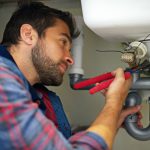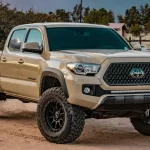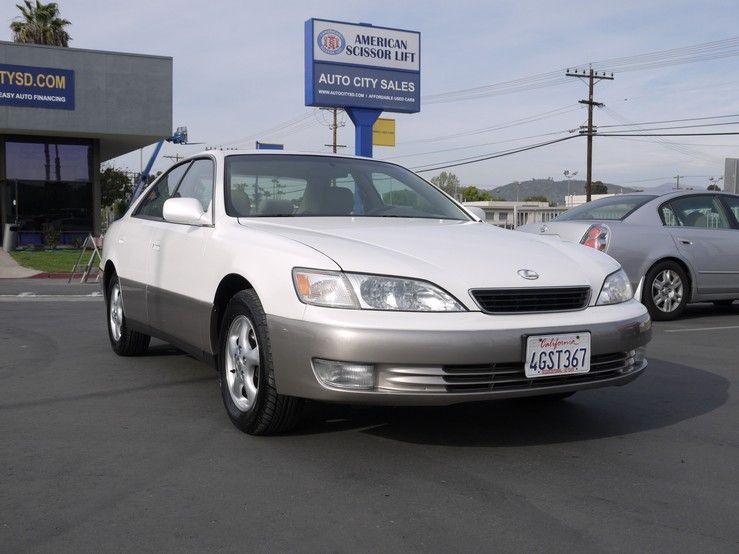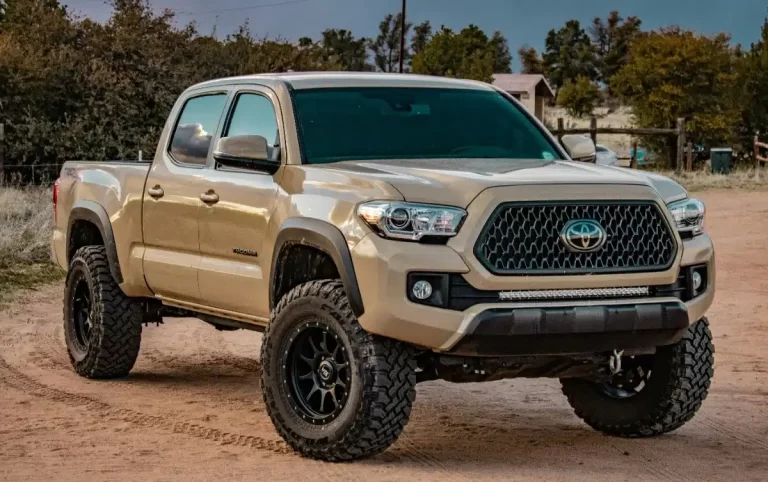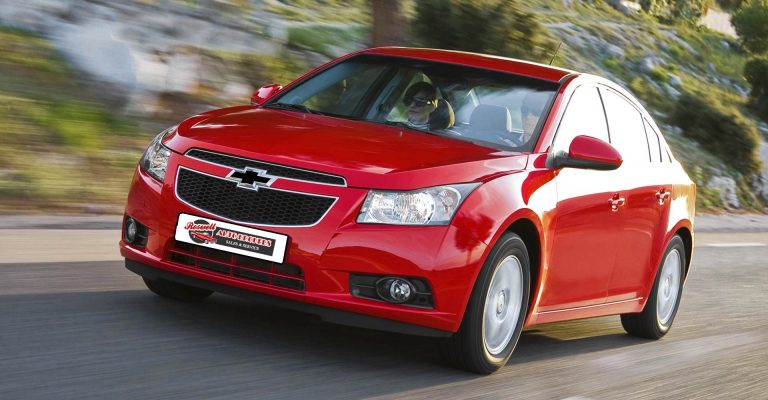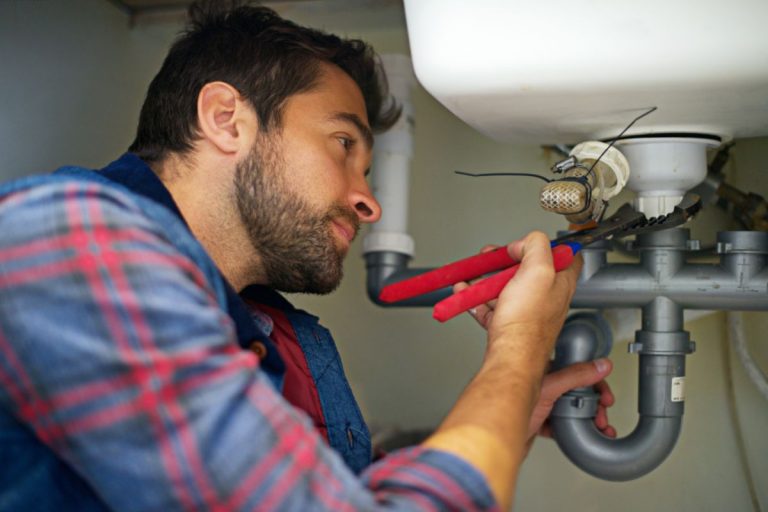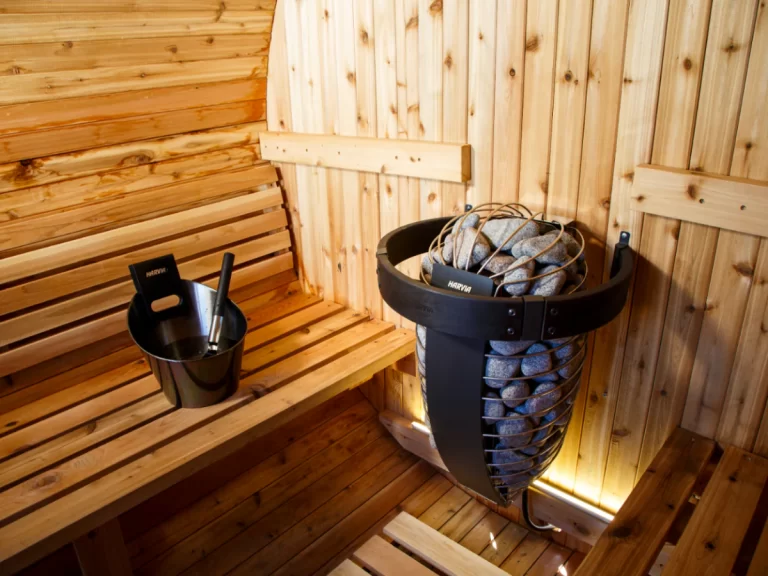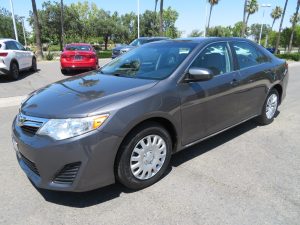If you want to buy a used car, truck, or SUV in 2022, it won’t surprise you that there aren’t many to choose from and the prices are high. Unlike the last time there was a shortage of cars, during the Great Recession, demand hasn’t dropped because cars are hard to find.
With too many buyers looking for too few cars, it’s more important than ever to be a smart consumer. This means knowing the lay of the land, where to shop, what questions to ask vehicle sellers, and how to check your potential new ride.
Laws to protect consumers
Many people have heard of so-called “lemon laws” that let people get their money back or a new product if they buy something that is damaged or broken. Even though this sounds good, a lemon law is no substitute for doing some study before making a big purchase.
Even though “lemon” and “bad car” are often used interchangeably, lemon laws don’t only apply to sales of new cars. In fact, they often don’t apply at all to sales of used cars. The Magnuson-Moss Warranty Act, which is the official name of the federal lemon law, says that sellers’ written warranties must be in one document that is clear and easy to read. It does not, however, force stores to give written guarantees.
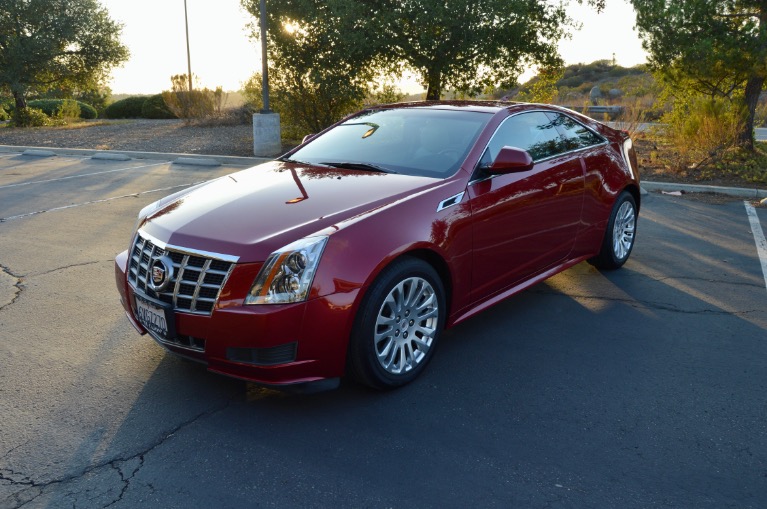
Taking A Look Around
You’ll need to check the inside and outside of the used car to make sure it doesn’t have any problems you don’t know about, so wear clothes you don’t mind getting dirty.
The used car should be looked at during the day when it is dry and stopped on a level surface. It shouldn’t have been driven for more than an hour before being looked at.
Check the outside of the car by looking at each panel and the roof for dings, scratches, or rust spots. Rust can be seen when the paint starts to bubble, and you should also check the panels under the doors, the bottoms of the doors, and the wheel wells.
Panels: The car’s panels should be lined up right, and the paint should be even. If the paint isn’t even, it could be a sign that the car wasn’t made well or was fixed badly.
Check to see if the car is level as you do this. Put your weight on each side of the car and make sure the shock absorbers work by making the car bounce up and down just once.
Tires: If the used car has less than 20,000 miles on it, the original tires should still be on it. If the car has low miles and new tires, ask about this and make sure all the tires are the same size.
Check the tread wear on the tires. It should be even around the whole wheel. If it’s not even, that could mean the car was driven too hard, the tires were over- or under-inflated, or there’s a problem with the handling, suspension, or brakes.
When you’re done with your own inspection, write down everything you saw that made you suspicious. Having a friend there to take notes can also be helpful. When you bring your car in for a check, these are all the things you should tell your mechanic.
If you are looking for used cars in El Cajon please visit and learn here on legacycarsinc.com.
